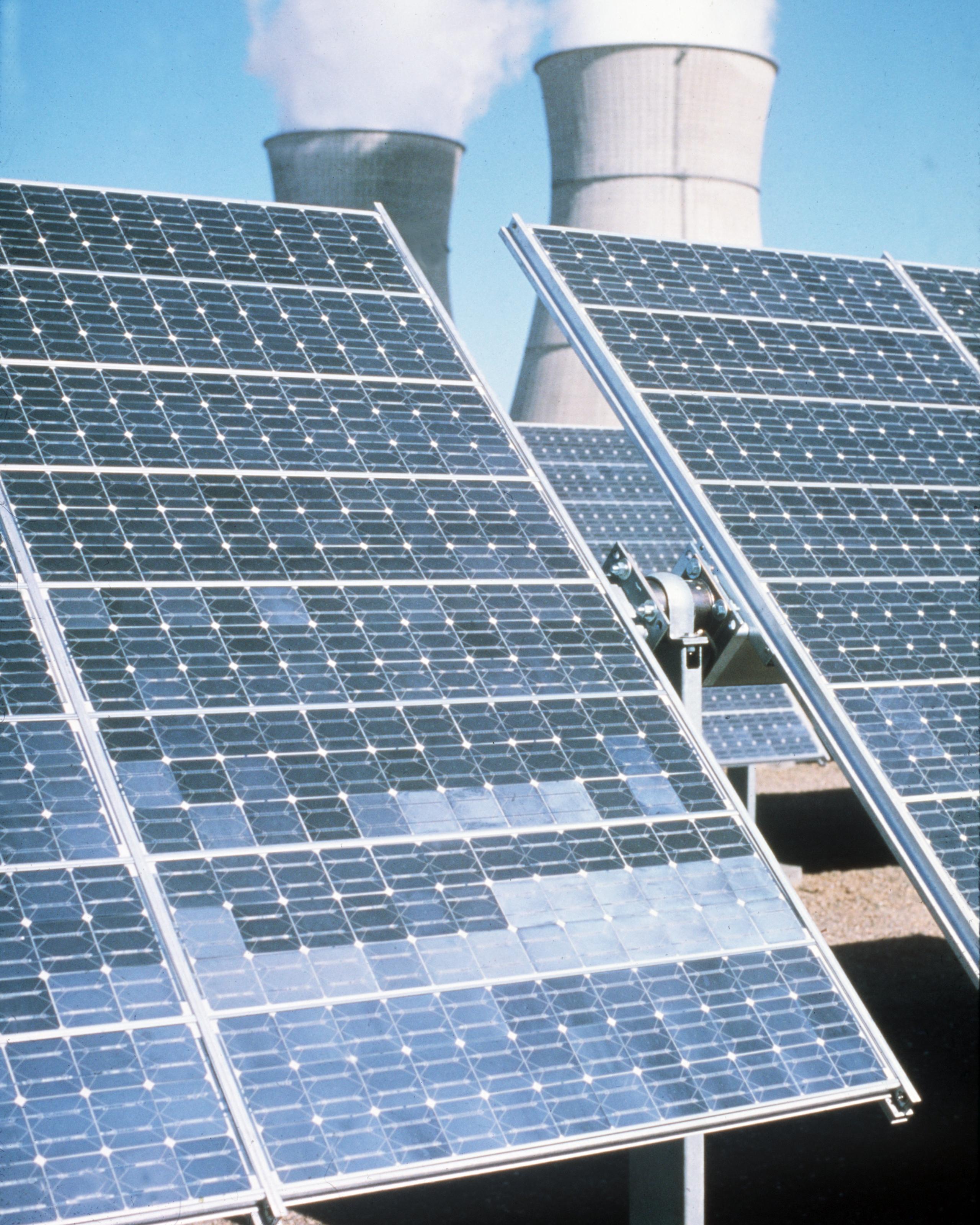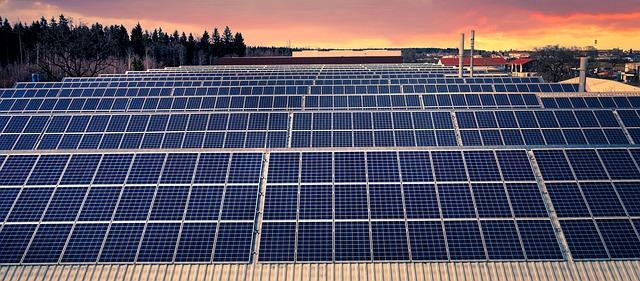In the golden embrace of dawn, the sun rises each day, a symbol of endless energy and promise. Humanity’s quest to harness this celestial power has led to a sprawling network of innovation and industry known as the global solar supply chain. As solar panels gleam atop rooftops and stretch across vast fields, they offer a vision of a cleaner, greener future. Yet, beneath this hopeful facade lies a complex web of production and distribution that begs an essential question: Is this supply chain, in its entirety, truly environmentally sustainable? This article embarks on a journey through the layers of the solar industry, peeling back the glossy exterior to examine the environmental impact of each link in the chain—from the extraction of raw materials to the disposal of aging panels. In doing so, it seeks to illuminate the balance between the promise of renewable energy and the ecological footprint it leaves behind, offering a nuanced exploration of sustainability in an era defined by urgent climate action.
Evaluating Resource Extraction and Environmental Impact
As the global demand for solar energy soars, the intricate web of its supply chain comes under scrutiny, particularly concerning the extraction of raw materials. The manufacturing of solar panels requires critical resources like silicon, silver, and rare earth elements. These materials are often sourced from regions with delicate ecosystems, raising concerns about the environmental degradation associated with their extraction. The mining processes can lead to habitat destruction, water pollution, and significant carbon emissions, challenging the notion of solar energy as an entirely green alternative.
In addressing these challenges, the solar industry must navigate a complex landscape of sustainability practices. Key strategies include:
- Implementing closed-loop recycling systems to minimize waste and reduce the need for virgin material extraction.
- Adopting stringent environmental regulations in mining operations to protect local biodiversity and water resources.
- Investing in innovative technologies that lower the material intensity of solar panels, making them more efficient and sustainable.
- Enhancing transparency and traceability in the supply chain to ensure ethical sourcing and production standards.
By embracing these strategies, the solar sector can work towards mitigating its environmental footprint, fostering a more sustainable global supply chain.

The Journey of Solar Panels: From Manufacturing to Disposal
The life cycle of solar panels offers a fascinating glimpse into the complexities of modern manufacturing and environmental stewardship. It begins with the extraction of raw materials like silicon, copper, and silver. Silicon wafers, the heart of solar cells, are meticulously crafted through energy-intensive processes that often raise questions about carbon footprints. Meanwhile, the intricacies of supply chains ensure that components are sourced from various corners of the globe, each step bearing its own environmental costs. Manufacturing plants strive for efficiency, yet the energy consumption required for the production of panels remains a topic of ongoing debate among sustainability experts.
As solar panels reach the end of their operational life, the focus shifts to disposal and recycling. Current challenges include:
- Limited recycling facilities capable of handling solar panel waste
- The need for improved technologies to efficiently recover valuable materials
- Ensuring that disposal methods do not lead to environmental contamination
The journey concludes with a critical reflection on the balance between renewable energy’s promise and the need for a truly circular economy. As we continue to expand solar energy capacity, these issues must be addressed to ensure that the pursuit of green energy remains genuinely sustainable.

Innovative Practices for a Greener Solar Industry
As the solar industry strives for sustainability, several innovative practices are emerging to reduce its environmental footprint. Circular economy principles are being embraced, encouraging the recycling and repurposing of solar panels at the end of their lifecycle. This approach not only minimizes waste but also conserves resources, as valuable materials like silicon and silver are reclaimed and reused. Water-efficient manufacturing processes are another breakthrough, aiming to reduce the significant water usage typically required in solar panel production. By implementing closed-loop water systems, manufacturers can substantially lower their water consumption, contributing to a more sustainable industry.
- Eco-friendly materials: Researchers are exploring alternatives to traditional materials, such as perovskite, which offers high efficiency with a smaller environmental impact.
- Green energy manufacturing: Factories powered by renewable energy sources are reducing the carbon footprint of solar panel production.
- Localizing supply chains: Shortening the distance between production and installation sites can decrease transportation emissions and support local economies.

Recommendations for a Sustainable Solar Supply Chain
To ensure that the solar supply chain aligns with environmental sustainability goals, several actionable strategies can be implemented. Prioritizing transparency across the supply chain can significantly reduce the carbon footprint associated with solar energy production. Companies can achieve this by conducting thorough audits and publishing detailed reports on their sourcing and manufacturing processes. This not only builds trust but also encourages other stakeholders to adopt similar practices.
Moreover, promoting the use of recyclable and eco-friendly materials in the production of solar panels can greatly minimize waste. Solar companies can collaborate with researchers to innovate new materials that offer longevity and efficiency while being less harmful to the environment. Additionally, fostering partnerships with local suppliers can reduce transportation emissions, thereby further enhancing the sustainability of the solar supply chain.
- Adopt circular economy principles: Implement recycling and reusability strategies for solar panel components.
- Invest in renewable energy sources: Use renewable energy for manufacturing processes to lower overall emissions.
- Enhance worker rights and safety: Ensure ethical labor practices to build a socially sustainable supply chain.
To Wrap It Up
In the quest for a greener planet, the global solar supply chain stands as both a beacon of hope and a challenge to sustainability. As we unravel its complexities, the question of its environmental sustainability remains pivotal. The path forward is not merely about harnessing the sun’s power but doing so responsibly. It calls for innovation, transparency, and a commitment to balance ecological integrity with technological progress. As we stand on the brink of a solar-powered future, the choices we make today will illuminate the path for generations to come. The sun is rising on a new era—will we ensure it shines brightly and sustainably for all?

































